Introduction
Selecting the appropriate Badminton Court surface holds paramount importance in the sport. It significantly affects the quality of play, player performance, and overall experience. In this comprehensive comparison between Synthetic and Wooden Courts, we’ll delve deeper into the distinctive attributes and advantages of Synthetic Badminton Courts, highlighting their prominence in the realm of Badminton.
Badminton is not just a sport; it’s an art, where players display agility, precision, and skill. The Badminton Court serves as the canvas on which this artistry unfolds. The choice between Synthetic and Wooden Courts is akin to selecting the perfect medium for a masterpiece. Synthetic Courts, with their advanced technology and material innovation, stand tall in revolutionizing the Badminton experience, offering a myriad of benefits that elevate gameplay and court durability to unprecedented levels.
Definition of Badminton Court
The Badminton Court acts as the arena for the game’s battles. Beyond being a mere playing space, its surface material profoundly influences player agility, movement, and comfort, impacting the dynamics of the game. A Synthetic Badminton Court embodies cutting-edge technology, incorporating materials like acrylic, PVC, or rubber, engineered to enhance player performance and withstand the rigors of intense gameplay.
Importance of Court Material in Badminton
The choice of court material extends beyond aesthetics. It substantially affects how players maneuver on the court, their ability to make swift movements, and the level of control they can exert over the game. Synthetic Courts offer consistent playing surfaces that facilitate precise footwork, quick directional changes, and optimal shock absorption, providing players with a stable platform to execute their strategies effectively.
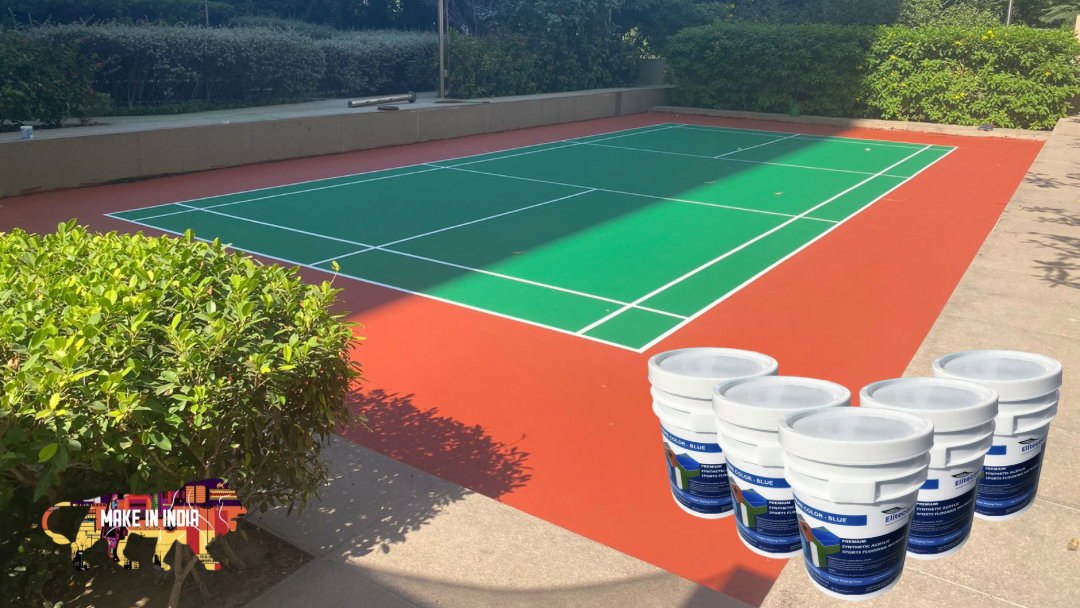
Overview of Synthetic vs. Wooden Courts
Synthetic Badminton Courts, characterized by their innovative and technologically advanced materials, present a modern alternative to traditional Wooden Courts. These synthetic surfaces promise a combination of durability, performance, and adaptability. They’re designed to withstand diverse weather conditions, ensuring consistent playability and reducing the maintenance efforts required to keep the court in top-notch condition.
Understanding Badminton Courts
Components of a Badminton Court
A standard Badminton Court comprises precise markings, a net, and delineated areas for service and playing. These components collectively establish the boundaries and rules of the game. Synthetic Courts maintain these standards, offering clear and durable markings, maintaining uniformity across different courts, and providing players with a familiar environment regardless of the court they play on.
Role of Flooring in Badminton Courts
Flooring material plays a crucial role in facilitating player movements and providing the necessary shock absorption. It significantly influences the players’ ability to make swift and precise moves, impacting their gameplay strategies. Synthetic Court flooring is meticulously designed to ensure optimal friction, reducing the risk of slips while allowing players to swiftly change directions and execute shots with precision.
Synthetic Badminton Court Overview
Synthetic Flooring Introduction
Synthetic Badminton Courts incorporate cutting-edge materials like acrylic, PVC, or rubber. These materials offer a diverse range of textures and grip options, ensuring consistent performance and playability. The introduction of such materials has revolutionized the Badminton Court landscape, offering players surfaces that are not only durable but also provide enhanced shock absorption, reducing the strain on players’ joints during high-intensity rallies.
Advantages of Synthetic Badminton Courts
Synthetic courts surpass Wooden Courts in various aspects, primarily in terms of durability, weather resistance, and customizable designs. These courts demand minimal maintenance while catering to a wide array of player preferences. Their adaptability allows for customization in surface textures and colors, offering players a personalized experience that enhances their gameplay and overall satisfaction.
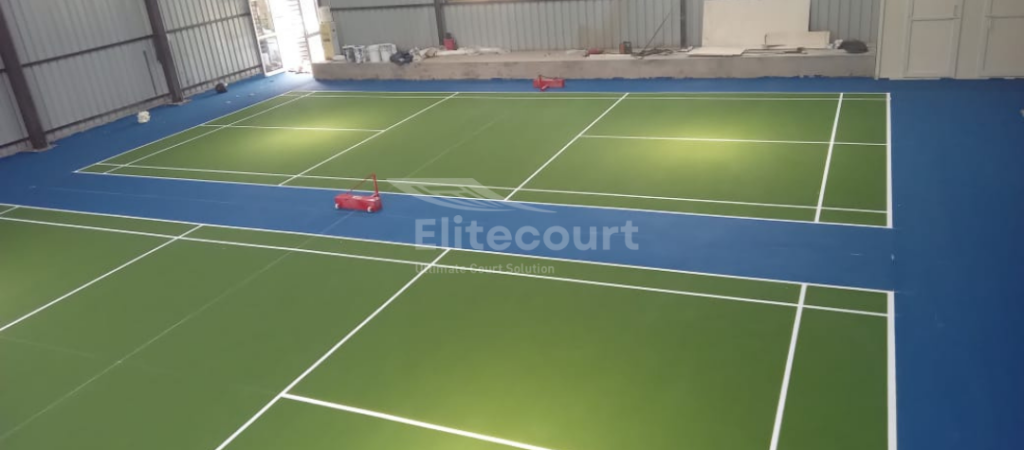
Wooden Badminton Court Overview
Wooden Court Characteristics
Wooden Courts exude a classic feel and provide natural aesthetics. However, their susceptibility to weather-related damage and high maintenance requirements are notable aspects that differentiate them from synthetic alternatives. The aesthetic appeal of Wooden Courts may captivate traditionalists, but their tendency to warp or degrade when exposed to varying temperatures and moisture levels raises concerns about their longevity and consistent performance.
Benefits and Drawbacks of Wooden Courts
Despite their traditional charm, Wooden Courts often require extensive maintenance and are sensitive to weather changes. Their inherent beauty comes at the cost of higher upkeep and limited adaptability. While Wooden Courts offer a timeless ambiance, they lack the resilience and convenience that Synthetic Courts provide, making them less practical in demanding playing conditions.
Comparison: Synthetic vs. Wooden Courts
Performance Analysis: Synthetic vs. Wooden Courts
Synthetic courts exhibit consistent performance across different conditions, ensuring reliable gameplay. In contrast, Wooden Courts might experience variations in performance due to environmental factors. The advanced materials used in Synthetic Courts provide a stable playing surface, unaffected by changes in humidity or temperature, thereby ensuring that players experience a consistent level of play regardless of the external conditions.
Durability Comparison
The durability of Synthetic Courts stands out as they are less prone to wear and tear caused by weather elements. Their prolonged lifespan outshines the more vulnerable Wooden Courts. Synthetic surfaces are engineered to withstand the harsh effects of varying climates, ensuring that they maintain their structural integrity and playing characteristics over an extended period, thus offering a more robust and enduring playing surface compared to Wooden Courts.
Maintenance and Cost Differences
Synthetic courts present a cost-effective option with minimal maintenance requirements, whereas Wooden Courts demand regular and costly upkeep, making them less economically viable in the long run. The reduced maintenance needs of Synthetic Courts translate into lower operational costs over time. Their resilience against weather elements significantly reduces repair and replacement expenses, making them a financially prudent choice for facilities seeking a long-term investment in Badminton infrastructure.
Factors Influencing Court Selection
Player Preference and Impact
Synthetic courts offer versatility, allowing players to choose surfaces that align with their specific playing styles. This flexibility in customization caters to various player preferences and comfort levels. Players have the liberty to select surfaces that complement their playing techniques, thus empowering them to perform at their best and enhancing their overall Badminton experience.
Climate and Environmental Factors
The adaptability of Synthetic Courts to diverse climates makes them a practical choice. They remain resilient in different weather conditions compared to Wooden Courts, which might deteriorate more rapidly. Synthetic surfaces retain their structural integrity and playing characteristics, offering players a consistent and reliable playing surface irrespective of the external environment, thereby ensuring a high-quality gameplay experience in various climate conditions.
Budget Considerations
Synthetic courts offer a cost-effective solution in the long term due to their reduced maintenance requirements and extended lifespan, making them a financially sensible option. While the initial investment might seem higher for Synthetic Courts, their lower operational costs and longer lifespan result in substantial savings over time. This makes them an economically viable choice for organizations looking to optimize their expenditure without compromising on the quality and durability of the Badminton Court surface.
Maintenance & Longevity
Maintenance Requirements of Both Court Types
Synthetic courts demand minimal upkeep, requiring occasional cleaning or maintenance checks. Conversely, Wooden Courts necessitate consistent care to retain their quality and appearance. The low maintenance needs of Synthetic Courts translate into reduced labor costs and minimal disruptions to play, providing players with a consistently well-maintained surface.
Lifespan Comparison
The extended lifespan of Synthetic Courts significantly reduces the need for frequent replacements compared to Wooden Courts, which may degrade more swiftly. Synthetic surfaces demonstrate superior durability and resilience against wear and tear, offering facilities a long-term solution that minimizes downtime and ensures uninterrupted use over an extended period.
Environmental Impact
Sustainability of Synthetic vs. Wooden Courts
Synthetic courts, while durable, might present disposal challenges. However, advancements in sustainable practices are enhancing their eco-friendliness over time. Efforts are being made to develop eco-friendly materials for Synthetic Courts, focusing on sustainability and recyclability, thus minimizing their environmental footprint.
Eco-friendliness Consideration
Wooden Courts derive from renewable resources, aligning well with eco-friendly initiatives. However, their higher maintenance and limited lifespan might counterbalance their sustainability. Wooden surfaces have a natural appeal due to their biodegradable nature, but the substantial maintenance requirements and shorter lifespan raise concerns regarding their environmental impact in the long run.
Conclusion
In the final evaluation, Synthetic Badminton Courts emerge as a compelling choice, offering durability, adaptability, and cost-effectiveness. While Wooden Courts boast traditional aesthetics, their maintenance demands and susceptibility to environmental factors make Synthetic Courts the superior option for a remarkable Badminton experience. Synthetic surfaces provide players with consistent performance, reduced maintenance needs, and a longer lifespan, making them the ideal choice for facilities seeking a durable and high-quality Badminton Court surface.

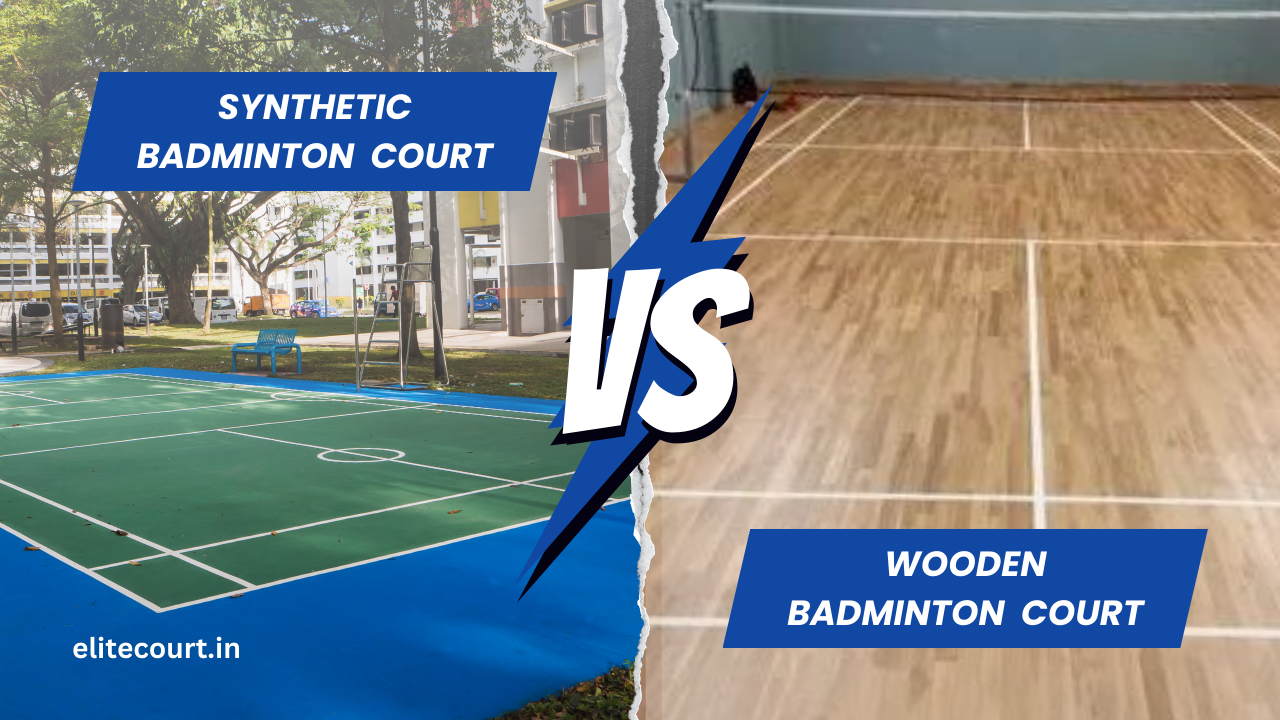
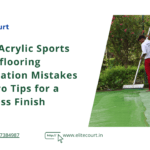
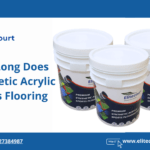
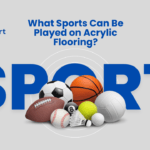


0 Comments